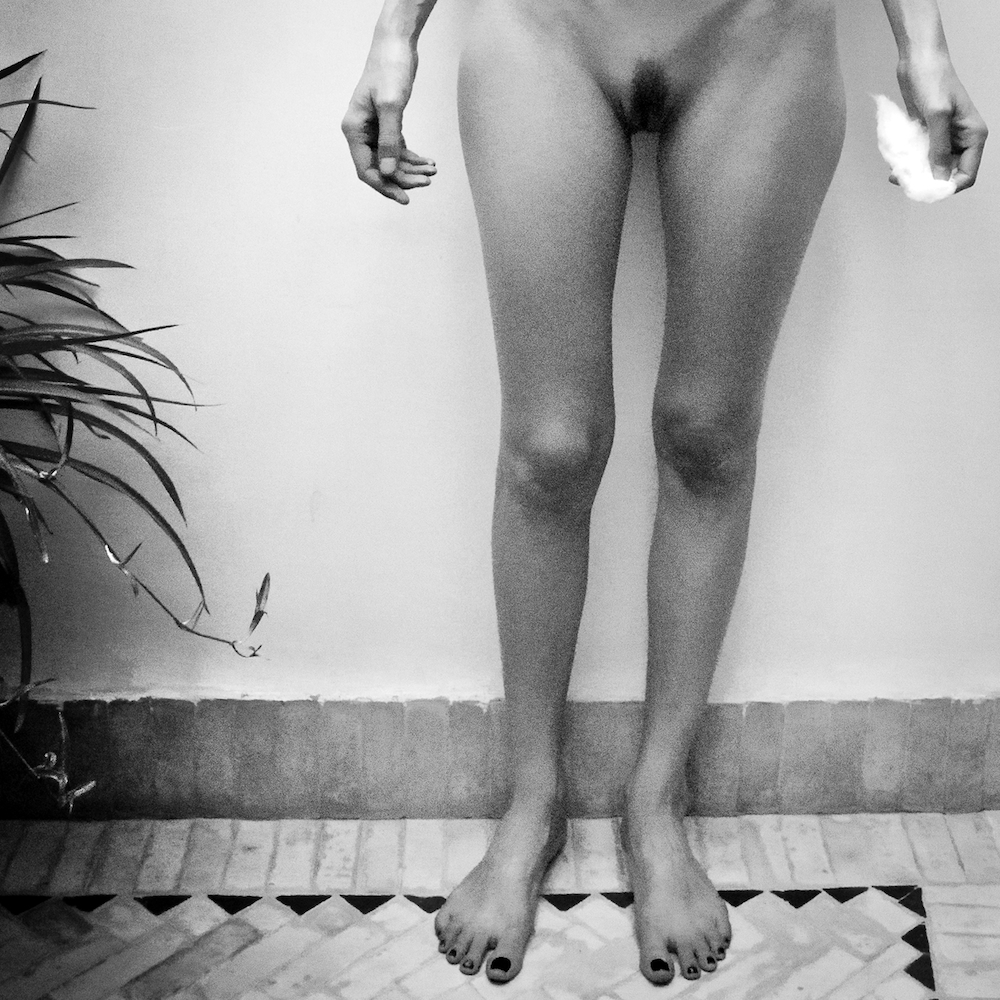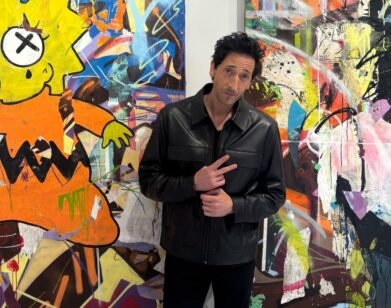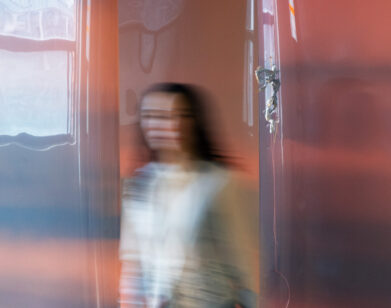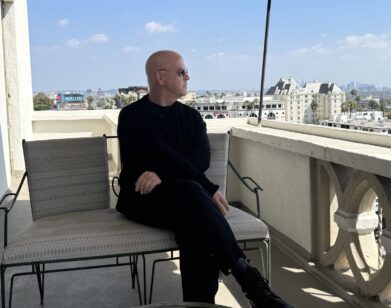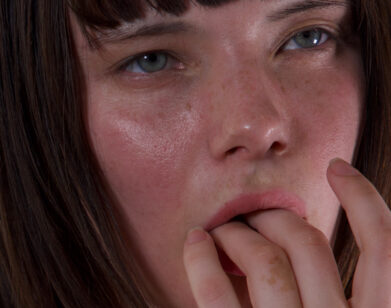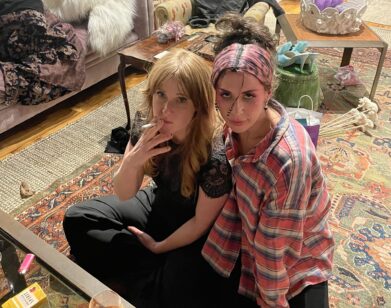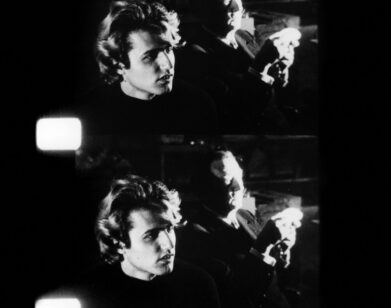Walking a Tender Line
Some people say pain is art. However, unlike the black and violet tones of a bruise that eventually melt back into the skin, or the cells and blood vessels that renew at the location of a fracture, often the artifact of the artist’s catharsis remains an open wound.
“Tenderloin,” a joint exhibition of photographers Anna Watts and Andrew McNelis at the recently opened Bandhan Gallery in London, features images weighted with wounds both emotional and physical in nature. The photographs explore the boundaries between flesh and meat, intimacy and sex, and object and memory, existing somewhere between tenderly vulnerable and obscenely violent. Audiences are forced to consider their own appropriations of surface and material: how does an image resonate based upon personal experiences of affection, loss, or culture?
McNelis, 41, juxtaposes scenes of animal slaughter with images of human bodies in comparable, yet highly discrepant modes of vulnerability: the mutilated body of Christ, a man writhing on a sidewalk in the midst of emergency care. In effect, the London-born and based photographer prolongs traumatic moments we normally seek to escape or forget. The marriage of animal, human, and divine bodies confronts the varied meanings and purposes of sacrifice and death.
Contrastingly, Watts presents a mixture of broken childhood and domesticity, subverting the feminine archetype. Beds are destroyed; a gloved hand raises a middle finger; an openly nude female figure defies the history of the policed and self-conscious female body. Watts, who was born in Sydney and is now based in London, depicts beauty and rebellion with an honest apathy that suggests the exhaustion of striving for gender equality.
Just before the opening reception for the exhibition, which is tonight, August 6, we spoke to the artists about the sources, subjects, and thematic overlaps of their work.
RYANN DONNELLY: Can you tell me a bit about your subjects?
ANNA WATTS: My subjects are observations and experimentations between myself and objects and my children. They are investigations into my past and props for my future. They are motherly and bodily.
ANDREW McNELIS: Mine are all pretty anonymous bodies…and sheep.
DONNELLY: What about the environmental contexts? Where and when were these images taken?
WATTS: The environmental contexts have an autobiographical focus of urban London and the domestic stalwarts of parks, schools, and kitchen floors, where I’m looking for the sensual and intimate. [I’m] trying to touch both worlds at the same time.
McNELIS: Morocco, during Eid, Palestine while I was working in the West Bank, and here in London, where I moved back to last year.
DONNELLY: Do you identify a narrative in your work?
WATTS: I think there is always a personal narrative in my work and with these images there is certainly a cultural one, from simply being in a new place. These swollen spaces have been my fugitive space of memory and perception from my holding pattern life, the waiting and not knowing. I have been thinking a lot about the intersection between the sprawl of images and the singular photographic object and how that grows, or how it’s replaced or edited.
McNELIS: No.
DONNELLY: How did you first come to photography and how do you think your approach to making work has evolved?
WATTS: I have been compelled to make photographs for the last 33 years. I grew up in Australia immersed in the emergence of inspiring women photographers like Tracey Moffatt, Fiona Hall, and Anne Ferran, and being taught by Rosemary Laing and Julie Rrap in the College of Fine Arts Photomedia department in Sydney—a solid ’90s Romanticism contingent.
Now, I’m probably more interested in the identity and anti-display of photography than I was, maybe because of the surfeit of images that has amassed. I thought I’d become more minimal but it makes me want to find the tender hooks of a mass of images, not a singular image or a tight series.
McNELIS: I discovered photography when I was very young. Taking photographs with my father and grandfather in Liverpool is one of my earliest memories. We made the prints in my grandfather’s attic. There was a magic about being under red light, watching an image appear, [and] the smell of the chemicals. I was very privileged to travel to developing countries with my dad, and to learn about composition, and the value of making each shot count before the whole digital thing, and being able to manipulate so much after the fact.
“TENDERLOIN” OPENS TONIGHT AT BANDHAN GALLERY (254 BETHNAL GREEN ROAD, LONDON) AND WILL BE ON VIEW THROUGH AUGUST 27.

